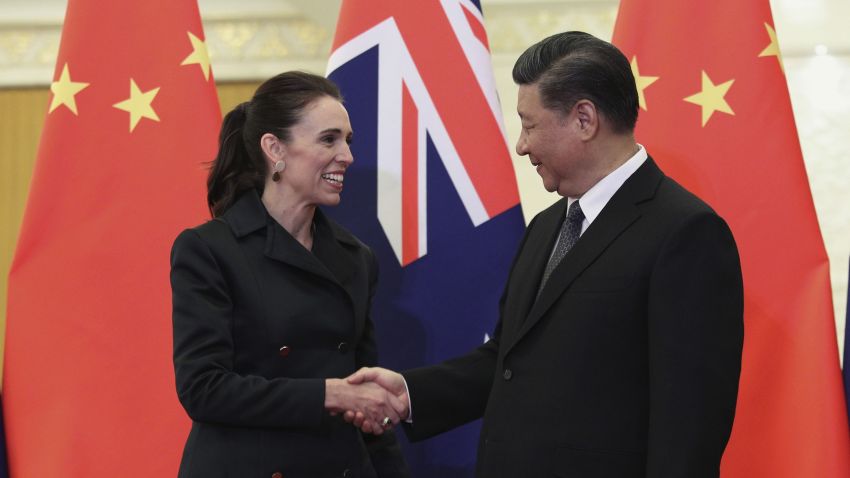Loading your audio article
When Jacinda Ardern took office as New Zealand’s new prime minister in September 2017, the country’s relationship with China seemed largely settled. For decades, successive New Zealand governments of the left and right had nurtured the partnership between Wellington and Beijing. Those efforts bore fruit in the form of a lucrative trading relationship. In return, New Zealand governments largely kept any criticism of China muted and generally expressed it only behind closed doors.
Indeed, when Ardern’s Labour government took over five years ago, New Zealand’s exports to China were already booming. In 2017, New Zealand exported roughly $8.5 billion worth of goods to China—six times the level of just a decade earlier—making China New Zealand’s biggest two-way trading partner. Under Ardern’s premiership, exports grew even further, reaching around $13.6 billion in 2021.
The bedrock of this success was a free trade agreement, or FTA, that New Zealand signed with China in 2008 under then-Prime Minister Helen Clark, also of the Labour Party. The agreement was the first of its kind between China and any developed country, and it was an achievement that Labour was proud of. The FTA also sat very well with the “independent foreign policy” strategy that Labour had pursued since the mid-1980s, when the U.S. angrily suspended its obligations to New Zealand under the Australia, New Zealand and the U.S., or ANZUS, defense treaty in response to Wellington’s nuclear-free policy. Among other things, the policy resulted in an effective ban on port calls by vessels of the U.S. Navy, which had a “neither confirm nor deny” policy on whether ships were nuclear-powered.

